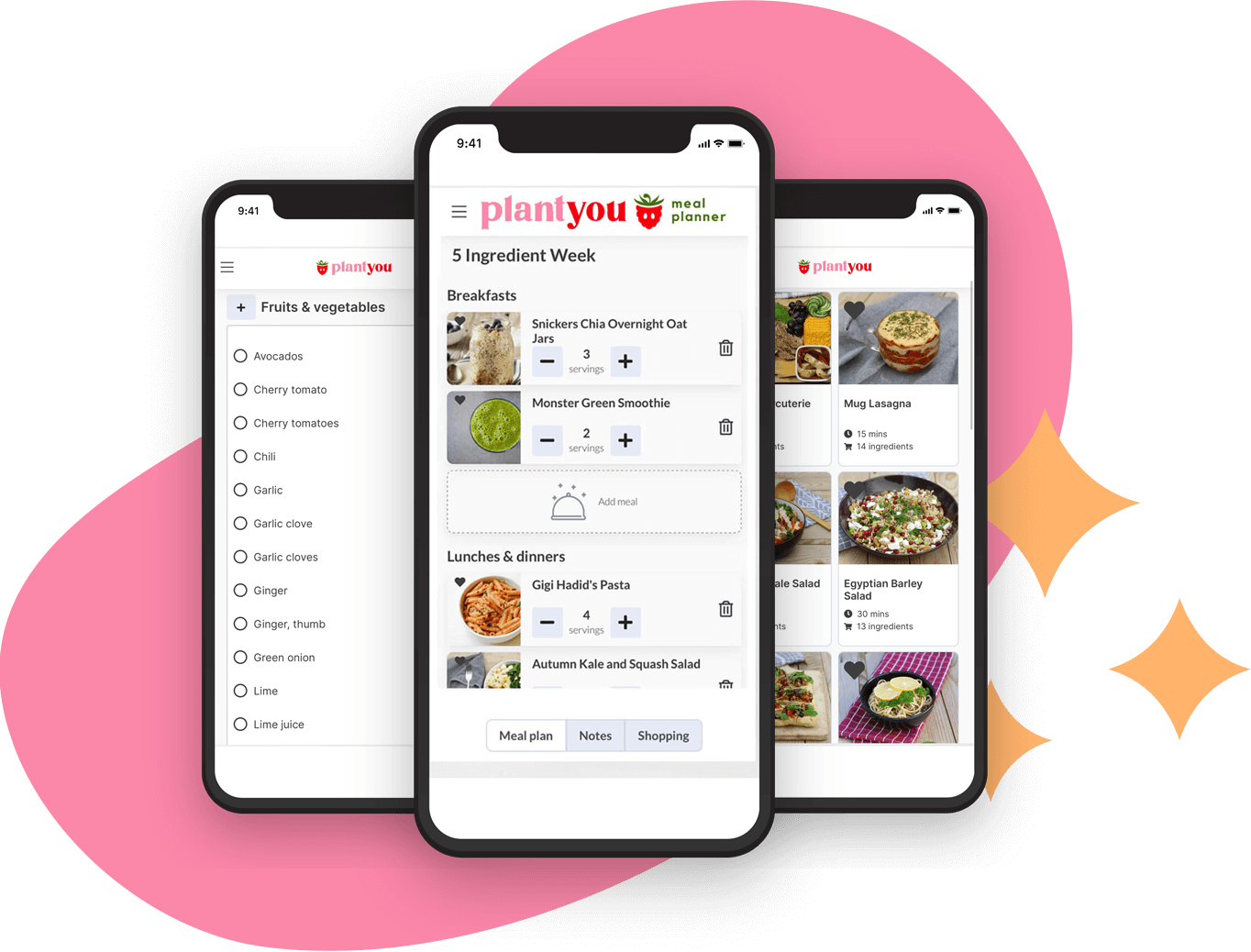Fruits and Vegetables That Freeze Well
The blog article is going to be your complete guide to fruits and vegetables that freeze well!
When following a budget on a plant-based diet, you can save tons of money by freezing your fresh fruits and vegetables. Opting for freezing your fruits and vegetables will help you reduce food waste and it is beneficial for anyone looking to avoid single-use plastic.
We love following a whole food plant-based diet because of how sustainable and budget-friendly it can be for following a healthy lifestyle. Freezing your fresh fruits and vegetables takes only a few extra steps and preparations.
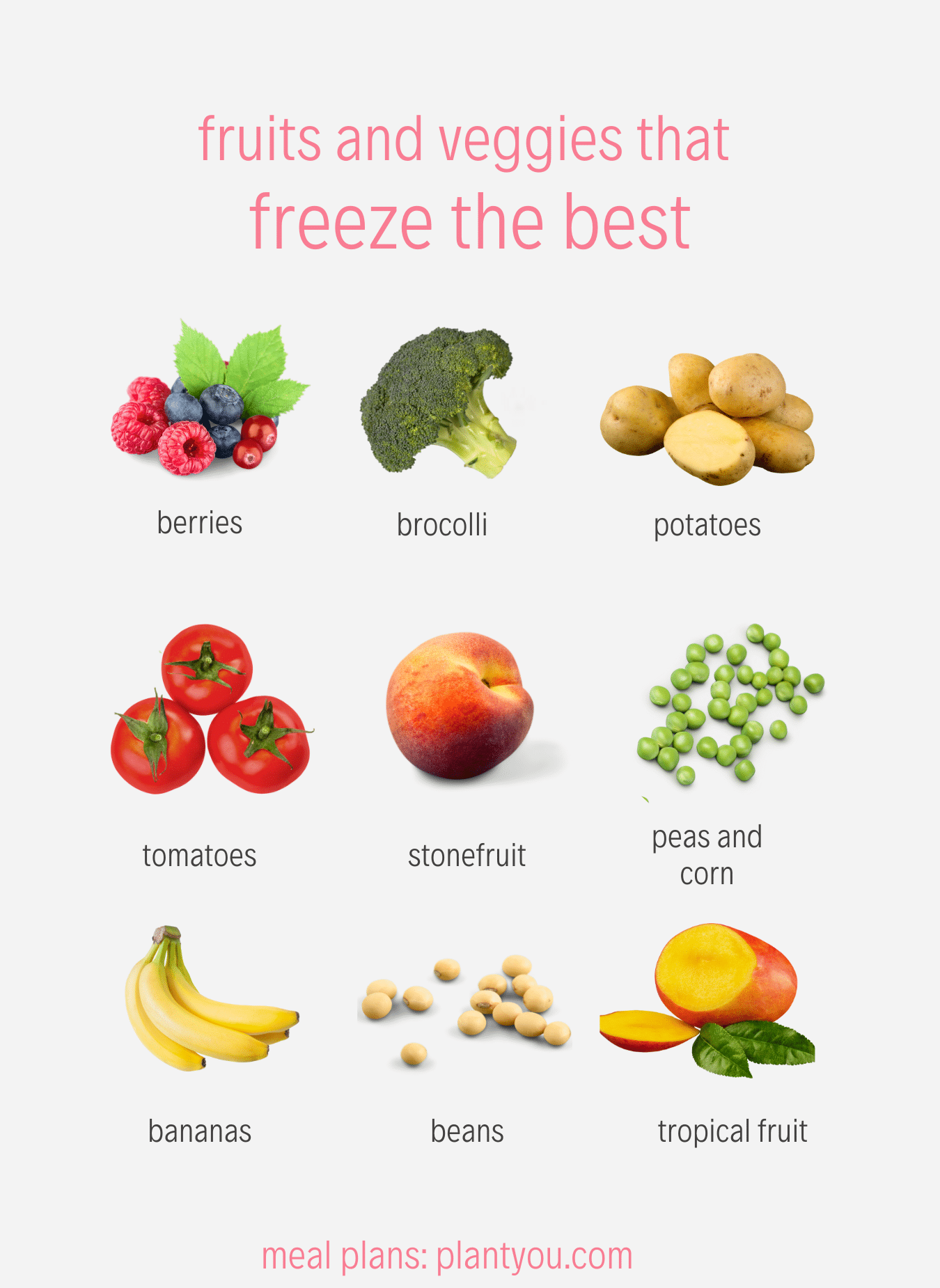
Fruits and Vegetables That Freeze Well – How to Get Started
Your fruits and vegetables need to be washed before freezing. We will start by discussing fruit because you can freeze them right away in a reusable freezer-safe container or plastic freezer bag. Specific fruits may require a few extra steps but can be frozen right away if you want to save time. We outline the steps that some varieties of fruits need in the list below. Next, remove as much air as possible if using freezer bags and you may also want to add lemon juice to the bag to keep the fruits from browning.
To freeze vegetables well they will require to be blanched. Blanching protects enzymes from damaging colour, taste and nutritional value. The best practice is to store vegetables in air-tight containers or in freezer bags. If you have extra time on your hands, lay your vegetables on a tray and freeze them to ensure they freeze all the way through. This method will prevent large ice crystals from forming and building upon the vegetables causing freezer burn and will slow down the loss of nutritional value.
We’ve recently wrote an article on the Fruits and Vegetables that Last the Longest in Your Fridge; this may also be an article that is beneficial to read to learn exactly how to preserve your vegetables and fruits for the fridge or pantry.
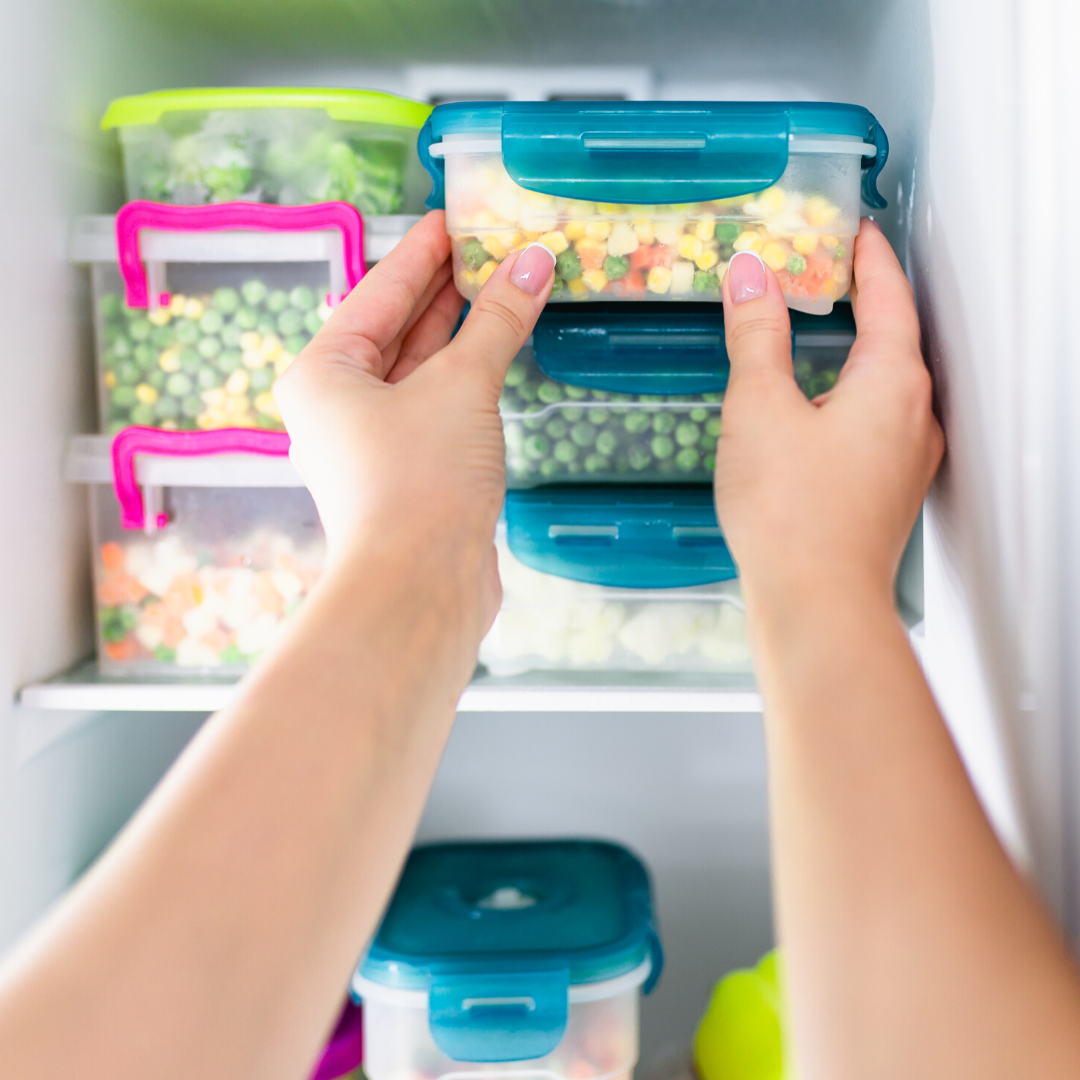
How to Blanch
Blanching is a simple technique used for freezing vegetables.
Follow these steps to blanch your vegetables correctly.
- Bring a large pot of water to a boil
- Prepare your vegetables by cutting them up into bite-size pieces
- Add 1-2 tbsp of salt to the boiling water
- In small batches add your veggies to the boiling pot of water
- The vegetables will take 3-5 minutes to cook
- In a large bowl of ice water drop the vegetables into the water to shock them cool
- Drain your vegetables, and then you’re ready to freeze
Which containers to use?
The best type of packaging or containers to use when freezing would be freezer plastic bags or reusable in order to lay the fruits and vegetables flat in the freezer. You can also use a variety of containers for freezing from glass, aluminum and plastic. Check out our favourite meal prep containers here.
How to Protect Fruits and Vegetables From Freezer Burn?
To avoid freezer burn, you need to know what to look for! Large lumps of ice crystals, tough texture and discolouration. Freezer burn occurs due to moisture loss and can happen quickly if your fruits and vegetables are not stored properly in the freezer. Most importantly, freezer burn affects the quality of your fruits and veggies and can provide a robust bitter flavour. Ways to prevent freezer burn from happening would be to keep your freezer at a consistent low temperature, removing as much air as possible from freezer bags and opening the freezer only when needed to avoid food from thawing. Freezer burnt vegetables and fruits are safe to consume but not recommended because they’re unlikely to be very palatable or taste good.
How Long Do Fruits and Vegetables Last In The Freezer?
Fruits and vegetables can freeze for quite some time and this is great for those on a budget! You can freeze your fruits and vegetables for 12-18 months without much taste or quality loss. After this time, you may notice a difference in taste and texture, but your fruits and veggies will still be safe to consume.
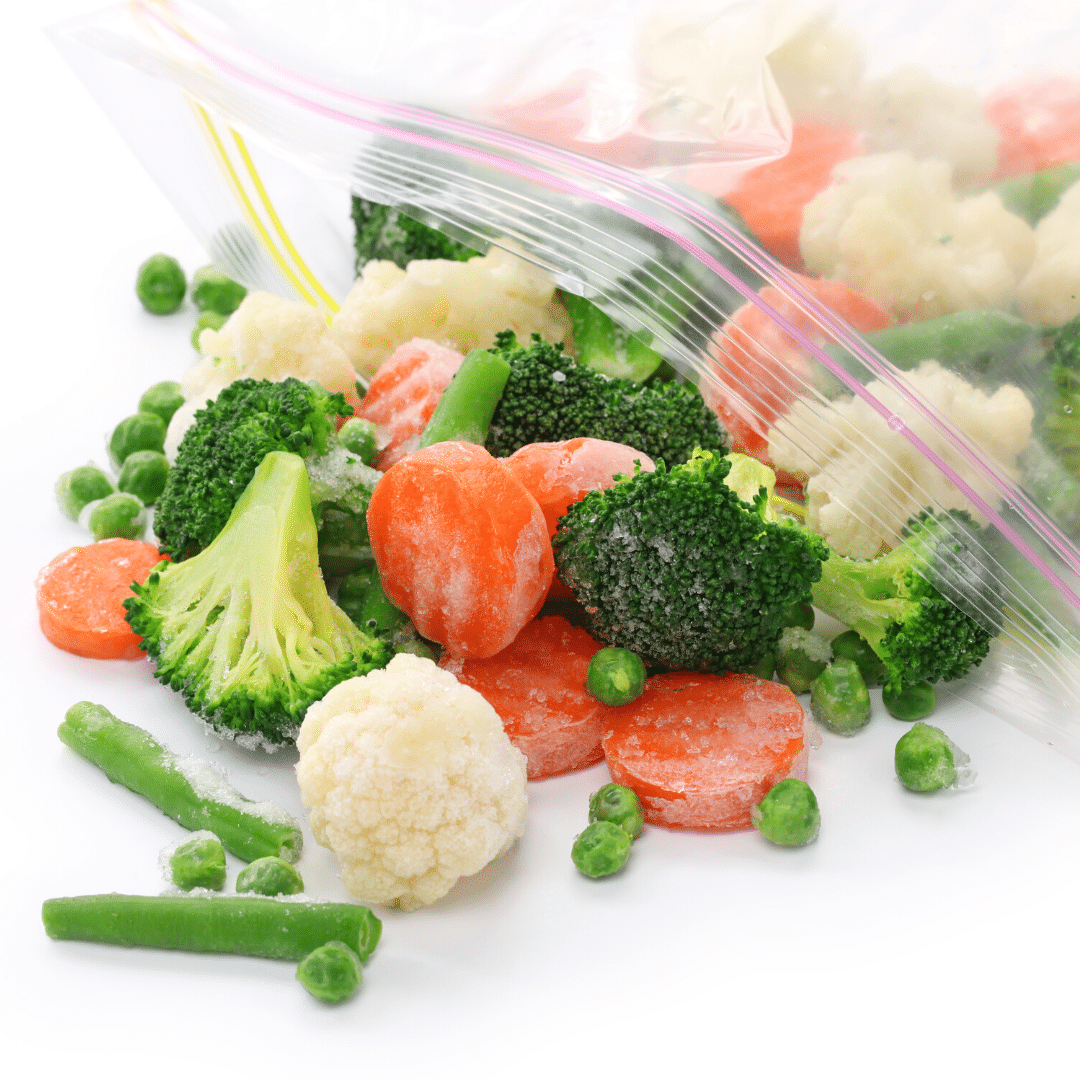
List of Fruits and Vegetables that Freeze Well
Tomatoes
- Wash your tomatoes before freezing and decide if you’re going to keep the skin on your tomato or not for freezing. Remove the stems before freezing or blanching. If you decide to peel your tomatoes or remove the skins of your tomatoes, blanch the tomatoes to avoid losing much nutritional value.
Potatoes
- To effectively freeze, choose the type of potato you wish to freeze and how you want to cut them or serve them in your meals. Potatoes are delicious in many whole-food plant-based meals. We recommend having them on hand in your freezer. Blanching is required.
Peas / Green Beans / Corn
- Green beans, corn and peas freeze excellently since they don’t require much on your end in preparation other than blanching. We recommend cutting any stems off the green beans beforehand. These vegetables are staples to have in your plant-based kitchen.
Brocolli / Brussel Sprouts / Asparagus
- This family of greens will need to be cut into bite-size pieces and it’s best to follow the process of laying flat out on a tray and freezing before following the blanching process. These veggies are prone to large ice crystal clumps and can be avoided if you simply follow these steps.
Bananas
- To freeze bananas, remove the peel and cut it into pieces. Label the container or freezer bag with the appropriate date to monitor the quality. Frozen bananas are perfect for smoothies or healthy dessert creations! Add 1-2 tbsp of lemon juice to help prevent browning to the freezer bag or the container.
Berries
- Frozen berries are lovely to have on hand, and we recommend laying them flat on a baking sheet to freeze before storing it in a container in the freezer. Berries produce more water and can become mushy quickly, add 1-2 tbsp of lemon juice to help preserve. You can also easily turn your frozen berries into tasty freezer treats with popsicle moulds and water!
Avocado
- Yes, you can even freeze avocado! Have this delicious plant-based healthy fat stocked in your freezer. You can freeze avocado whole or mashed. First, of all, you’ll need to peel, halve and seed the avocado to start. When freezing whole, add a bit of lemon juice to each avocado and wrap in cling wrap. Then store in the freezer. For mashed avocado, you will need to mash with a fork in a bowl and then add to your freezer bag, adding a bit of lemon juice to help prolong the life. Mashing will help with saving space in your freezer. We recommend only using your frozen avocados for smoothies or sauces.
Stonefruit / Tropical Fruits
- The best way to freeze your tropical or stonefruit is by following the baking tray freezing method. You will need to chop your fruit up into bite-sized pieces and add either lemon juice or a simple sugar recipe to the freezer bag before storing it all in the freezer.
Spinach / Kale
- Spinach and kale are fun to freeze! This hack will save you tons of money on spinach and kale when you’re adding it to soups, stews and smoothies. It is also great for when you have leftovers at the end of a meal and helps avoid food waste. We suggest blending or juicing your spinach or kale and turning them into cubes with your ice cube tray! This hack will be a time-saver in the kitchen.
Beans
- You can freeze your beans! I discovered this when I soaked and cooked dried beans for the first time. I had an abundance of beans and needed to store them in a way without them turning bad. You can easily store beans in your freezer. I portioned the beans out in two cups per bag because typically this is the amount I would need for a recipe but you can estimate depending on your individual family size. Freezing beans is a foolproof method of saving money on a plant-based diet! Beans are incredibly affordable.
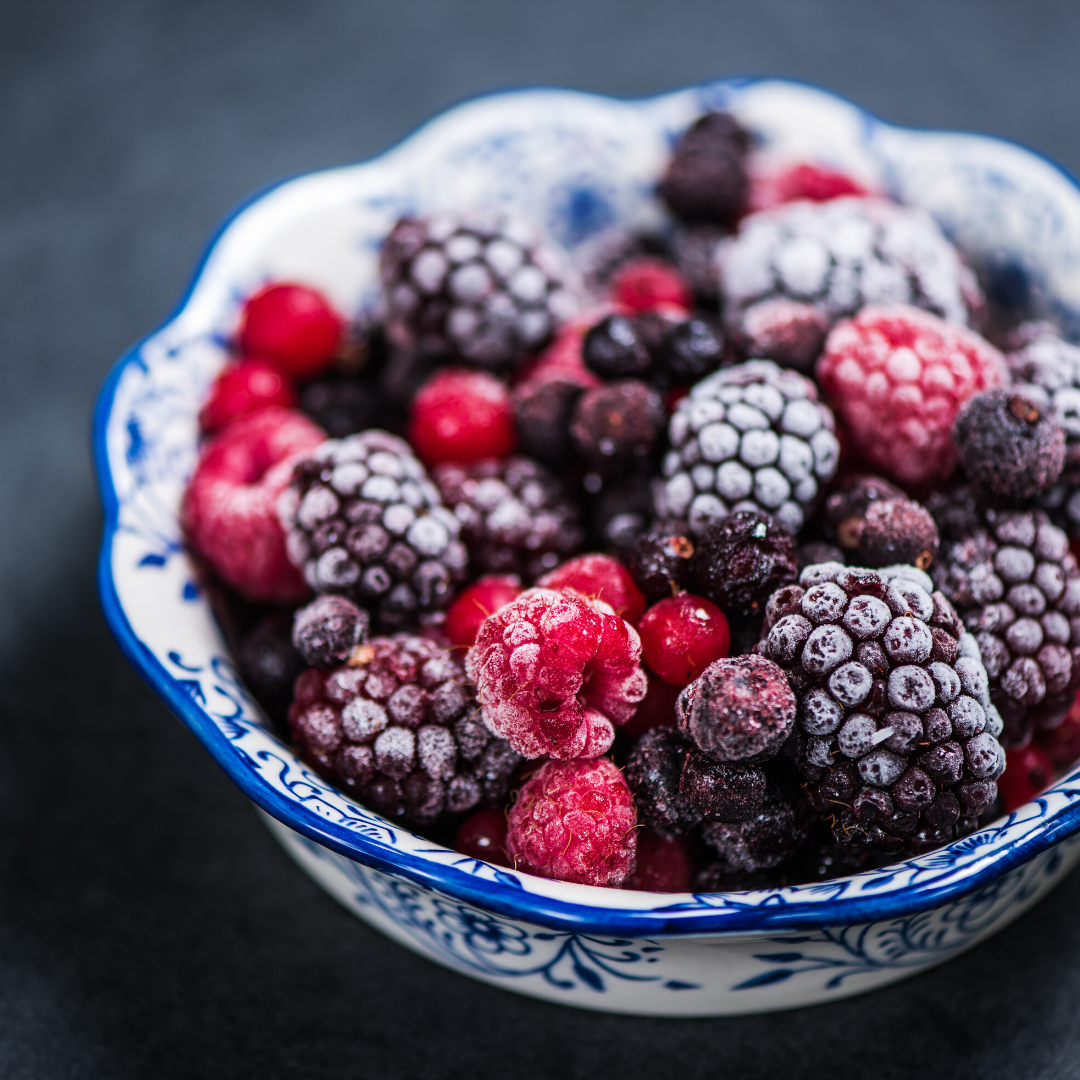
Can you freeze meals in batches?
Of course! We think this is a great idea to be efficient in the kitchen. Freezing plant-based meals is a great way to prepare for weeks of meals at one time. If you have a deep freezer in your household, this is an excellent method to make large batches of sauces, dips, entrees and much more!
Our favourite plant-based meals to freeze:
Need additional support when it comes to plant-based cooking?
Join the Plant Ahead Meal Prep Program! Plant Ahead has you covered and you’ll never have to worry about what to make next! When joining this program, you’ll instantly save money and time with our whole-food plant-based oil-free and refined sugar-free meal plans. We provide you with step by step instructions on how to make healthy and delicious plant-based meals every single week. Sign up today and get access to over 65 whole-food, plant-based meal plans with shopping lists and macros for each recipe!
[maxbutton id=”1″ ]

